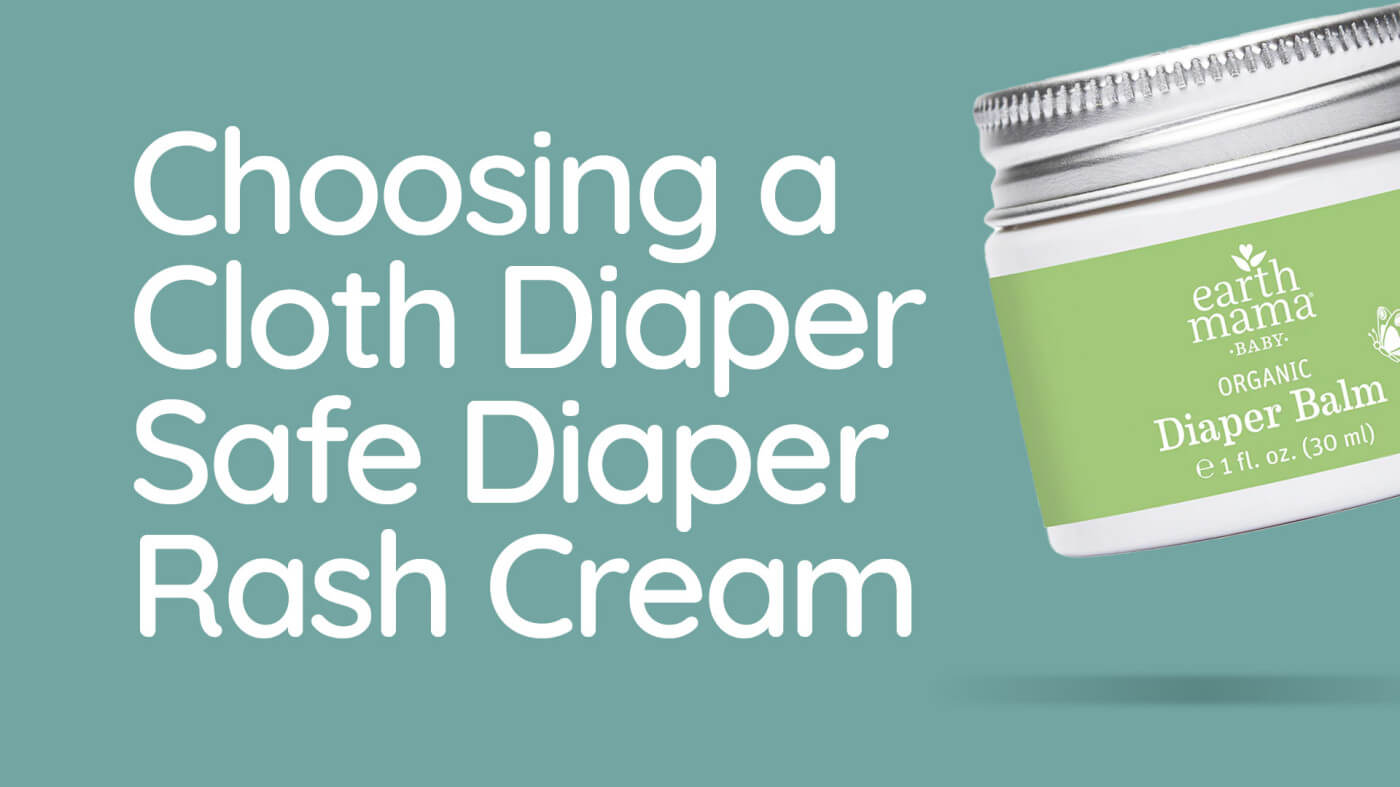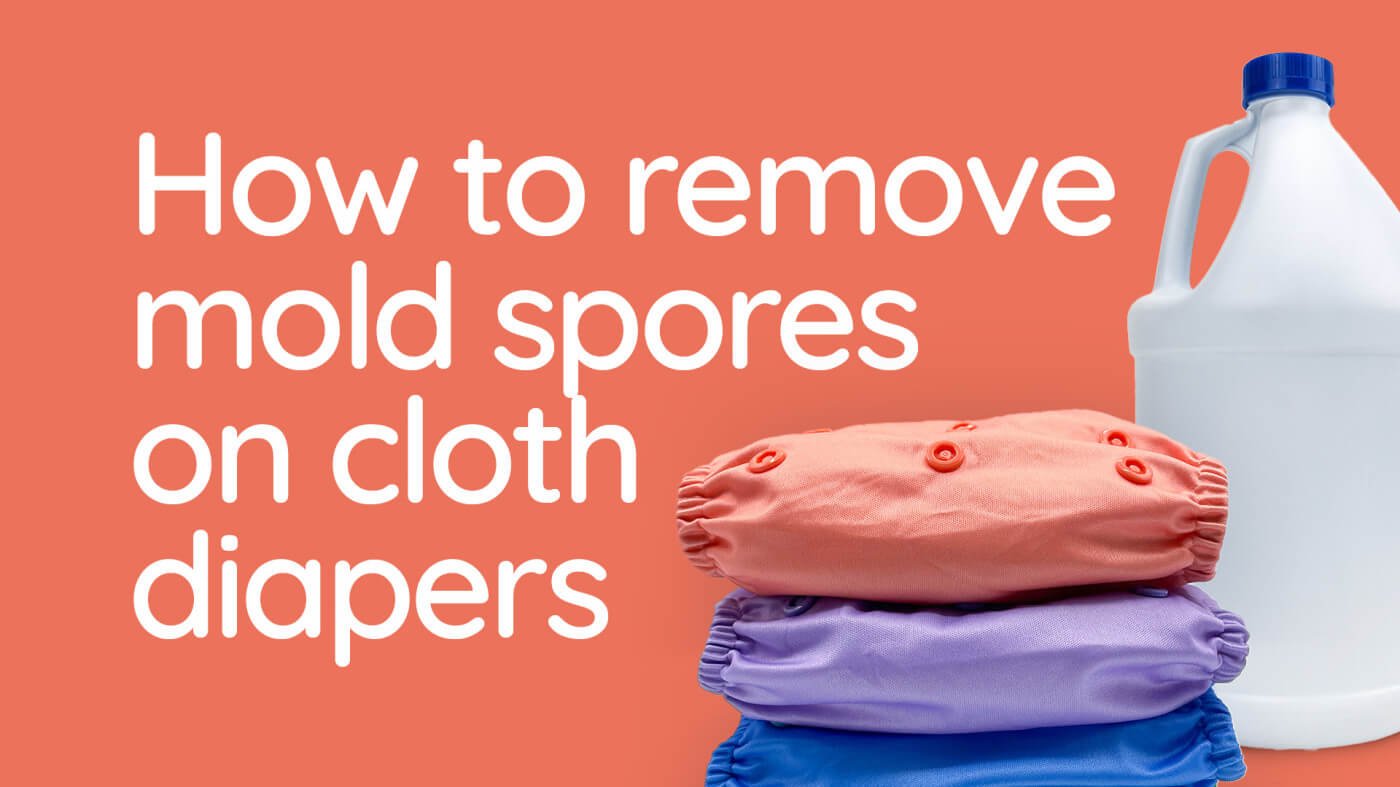While modern cloth diapers can be effectively cleaned in your standard home washing machine, solid poop or stool must be removed before placing soiled diapers into the washing machine. Here are some tips and tricks for successful poop removal:
There are several different methods for removing solid waste from modern cloth diapers before placing them into the washing machine. Poop removal methods include the cloth diaper sprayer, plop method, dunk and swish, disposable diaper liners and even the poop spatula.
However, exclusively breastfed or chestfed baby poop is water-soluble and can go into the washing machine without scraping or dunking.
Common methods for removing solid waste from cloth diapers:
Diaper Sprayer Method »
A diaper sprayer, sometimes referred to as a handheld bidet, is a tool used in cloth diapering to remove solid waste from diapers before washing. It is typically a toilet attachment that uses a high-pressure spray of water to wash solid messes out of diapers and into the toilet. This tool helps in easily cleaning solid waste from diapers, eliminating the need for soaking, or swishing a dirty diaper around in the toilet. The diaper sprayer provides a powerful clean due to its water pressure, similar to a handheld bidet sprayer. It attaches to the back of the toilet so that solids can be sprayed off directly into the toilet, making modern cloth diapering more convenient.
Plop
Some solid poops can be removed by simply shaking or plopping the diaper over the toilet. This method works best for certain textures of poop that can easily fall off into the toilet. After removing the cloth diapers, gently shake until the solid waste falls off into the toilet. If done correctly, most of the solid material should come off, requiring no additional cleaning. Note that not every family will be lucky enough to experience plopable poops.
Dunk, and Swish
This method involves placing the soiled diaper in the toilet bowl and swishing it vigorously to remove the bulk of the poop. It's acceptable if a little bit of stool is left after rinsing the diaper. Some cloth diaper parents fold the diaper in half with the dirty part facing out and then rinse the dirty part of the diaper. This method can be especially effective when combined with a bucket near the toilet to hold the rinsed diaper. You may also have success flushing the toilet while holding tightly to the soiled diaper. The suction from the flush can aid in removal of the solid poop.
Poop Spatula »
A poop spatula is a tool used in cloth diapering to scrape off solid waste from the cloth diapers into the toilet before washing. It is a dedicated spatula kept in the bathroom used to remove solid waste without the need for direct hand contact. The spatula is used to pry or scrape the solids off the diaper and into the toilet, making the cleaning process more convenient.
Disposable Diaper Liner
Disposable diaper liners are a convenience tool used to catch solids inside of cloth diapers, in an effort to make clean up faster and more convenient. After a single use, remove the soiled diaper liner from the diaper. Hold the liner over the toilet and gently knock off any solid waste into the toilet. This step helps to minimize mess and makes it easier to clean the reusable diaper later.
Disposable Bamboo Diaper Liners (Roll of 100)

$8.00
Experience convenient cloth diapering with our lightweight, disposable bamboo diaper liners. Designed to catch solid waste, they make diaper changes and clean-up easier. With a roll of 100 liners, you'll always have some on hand. Made from 100% biodegradable bamboo, our unscented… read more
Breastfed Baby Poop
Breastfed baby poop is water-soluble and can go into the washing machine without scraping or dunking. Once babies start solids, any remaining solid waste should be removed before laundering.





